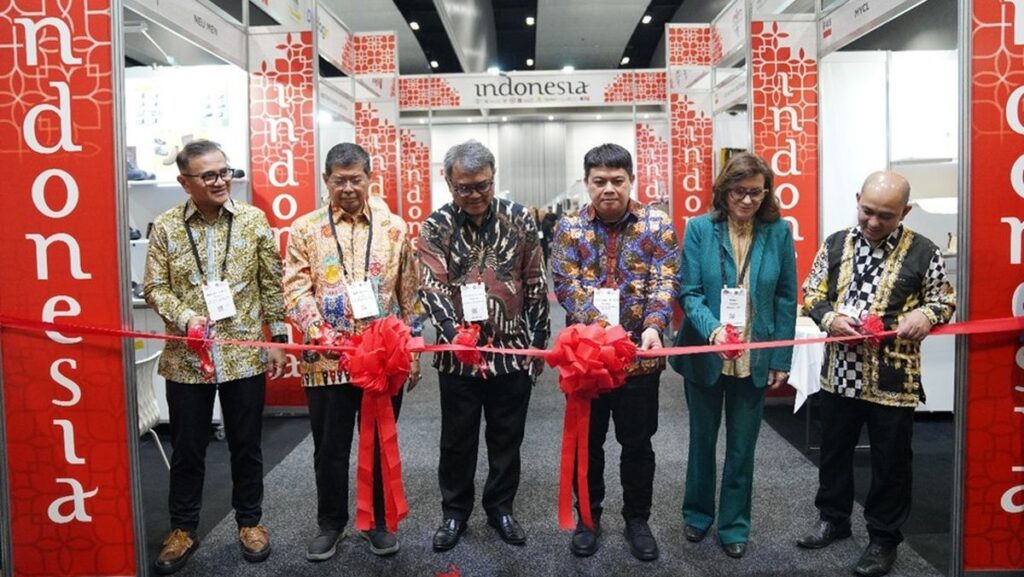The United States faces a formidable challenge in ensuring financial security for its workers in retirement. For decades, the retirement savings system has been largely dependent on employer-sponsored plans like 401(k)s. However, this framework leaves nearly half of private-sector workers—approximately 57 million people—without access to any workplace retirement plan, as reported by AARP. Many employers, particularly small businesses, either lack the resources to provide such plans or impose eligibility criteria that exclude a large segment of their workforce. The result is a widening gap in retirement preparedness, disproportionately affecting low- and middle-income workers.
To address this pressing issue, a growing number of states have introduced auto IRA programs—state-sponsored individual retirement accounts designed to automatically enroll employees whose employers do not offer retirement plans. Since the launch of the first program in 2017, 17 states have enacted legislation to implement auto IRAs, with 10 programs already operational. These initiatives represent a transformative approach to expanding retirement savings access, especially for underserved populations.
Data underscores the significant impact of auto IRAs. According to the Georgetown Center for Retirement Initiatives, as of October, more than 900,000 workers across eight states have collectively saved over $1.7 billion through these programs. The most notable beneficiaries are low- and middle-income workers, a group historically excluded from traditional retirement plans. Research by the Pew Retirement Savings Project and Gusto, a payroll and HR software company, reveals that states with auto IRA programs have achieved a 20% increase in retirement participation rates among workers, with savings rates for lower-income earners climbing by 55%.
The structure of auto IRAs is designed to be straightforward and user-friendly. Employers are required to either offer a private retirement plan, such as a 401(k), or enroll their employees in the state’s auto IRA program. Employees are automatically enrolled at a default contribution rate, typically 5% of their pay, which is deducted from their earnings. Contributions are funneled into Roth IRAs, funded with after-tax dollars. This structure allows the savings to grow tax-free and provides tax-free withdrawals during retirement. Employees retain the option to adjust their contribution levels or opt out entirely, ensuring flexibility.
Although employers are not required to make matching contributions under auto IRAs, participants may qualify for federal incentives such as the saver’s tax credit or the upcoming federal saver’s match program, set to launch in 2027. These incentives further enhance the program’s appeal, particularly for workers with limited financial resources.
The ripple effects of auto IRAs extend beyond individual savings. In states where these programs have been implemented, there has been a marked increase in the adoption of private-sector retirement plans. For example, California experienced a surge in new plan formations following the rollout of its auto IRA program in 2022. Experts suggest that the introduction of state mandates—requiring businesses to either offer auto IRAs or establish their own plans—has motivated many employers to create comprehensive retirement options for their employees.
Federal initiatives, such as the SECURE Act of 2019, have also played a role in encouraging businesses to adopt workplace retirement plans by reducing administrative burdens and costs. Coupled with the economic recovery from the COVID-19 pandemic, these factors have contributed to a more favorable environment for retirement savings expansion.
As auto IRAs continue to gain traction, they are reshaping the retirement savings landscape. By addressing systemic barriers and providing accessible solutions, these programs are equipping millions of workers with the tools to build a more secure financial future.






